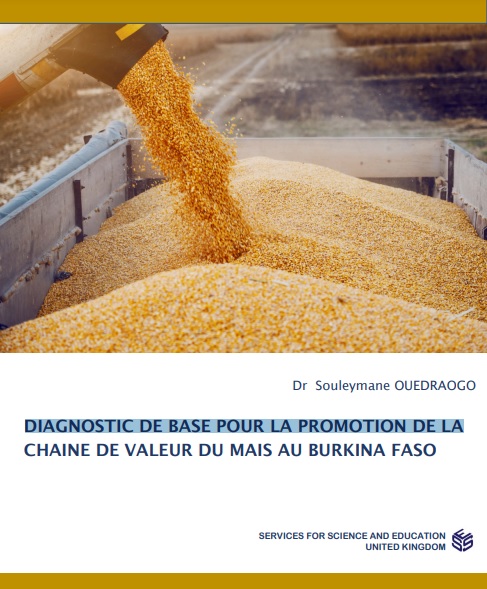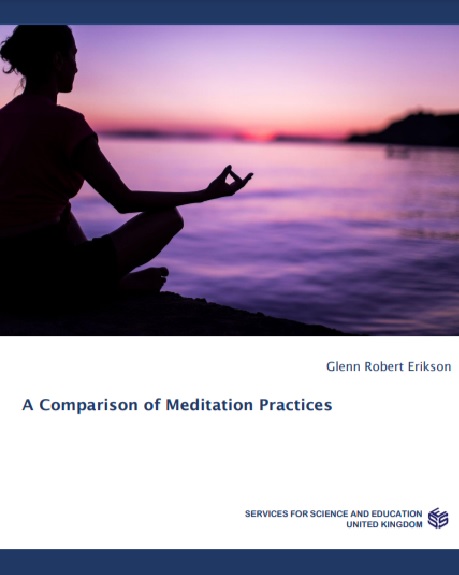All My Yesterdays A Professional Life In English Language Education
Roger Barnard was born in Brighton, and decided as a boy that he wanted to live and work abroad. Starting out as a high school teacher, he subsequently worked in English language education (ELE) and applied linguistics in Europe, the Middle East, New Zealand and Asia. Over a career spanning 50 years, he has been a language teacher, director of language institutes, curriculum adviser to ministries of education, prolific contributor to, and editor of, journals and books, and a professor of applied linguistics. This book is his personal history and the story he tells is intrinsically interesting, but it also constitutes a wide-ranging and critical review of the field of second language education over the past fifty years – how some aspects will continue to challenge academics and practitioners in future years. Such issues include: Communicative Language Teaching; English for young learners; the commercialisation of ELE; technological developments in ELE; the professional development of English language teachers; ‘nativespeakerism’; linguistic imperialism and language planning; and English as the medium of instruction. Many readers who are involved in language education will be able to relate these issues to their own context and career trajectories.

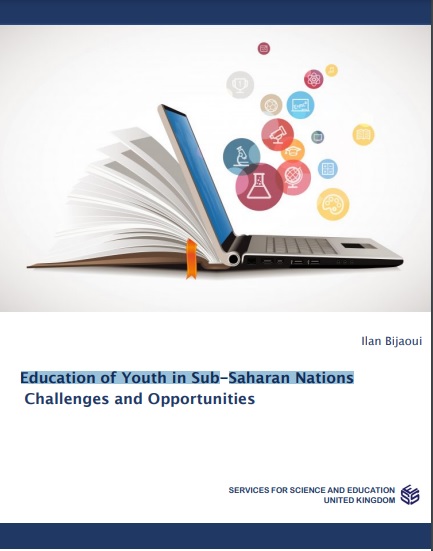
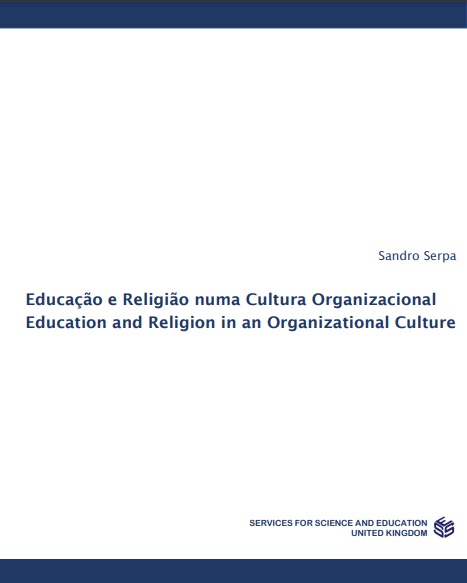
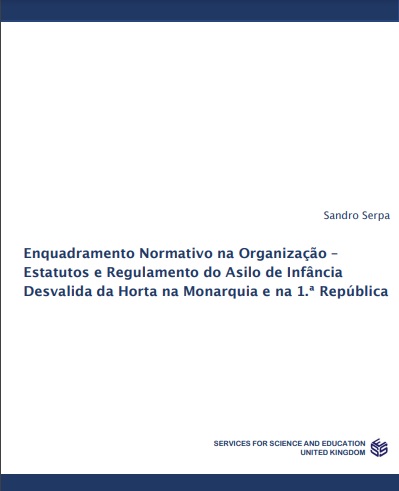
![Normative Framework in the Organization – Statutes and Regulation of Asilo de Infância Desvalida da Horta [Asylum for the Disadvantaged Childhood of Horta] in the Monarchy and the 1st Republic](https://scholarpublishing.org/sse/wp-content/uploads/2022/03/Untitled-42.jpg)

